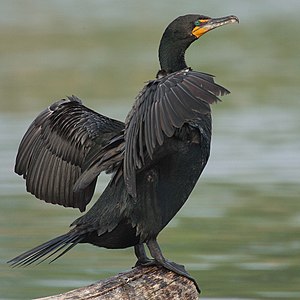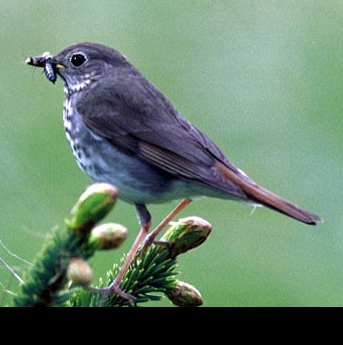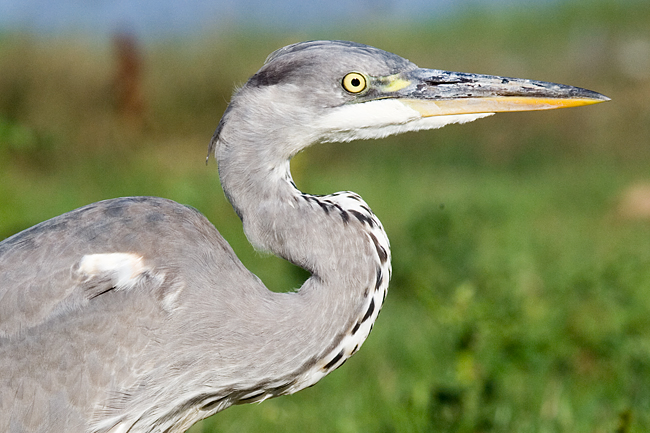 Image by gussifer | thecolorawesome.com via Flickr
Image by gussifer | thecolorawesome.com via Flickr
The amazing:
Once they are born, swifts can fly for up to four years without ever landing. I include the words 'up to' as although I swear this is what they said on Springwatch, a certain male close to me decided to check that particular fact out with 63336, who replied that it was two to three years. Yeah, whatever. Maybe that's just the lazy ones.
The bad
I was listening to Stephen Moss and Chris Watson on Radio 4 earlier presenting a programme about water birds. Apparently sailors used to kill kingfishers and hang them upside down because they belived they would then point in the direction of the wind. What the..?! A travesty!
The downright weird (but very amusing!)
Chris Packham is a cheeky little chap isn't he? According to two of my friend, L & D, who are big Morrissey fans, Packham spent the whole of Springwatch sneaking the glum ones' lyrics into his on-air patter. Check this out - it really is true. Particularly love the way Kate Humble appears to have no idea what he's on about except for her give away right at the end of the series when he gives her the flowers. Humble: "It's not going to put your girlfiend in a coma is it?" Packham: "No, some girls are bigger than others". Pure genius. Nice one Chris! Just choose a better musician next time....
I have been getting back to the books (and the web and the mags) to get up to scratch gradually on birds, wildlife and conservation related issues.
Thanks very, very much on that front to the wonderful ladies at the Wildlife Trusts who were good enough to take time out in their lunch hour to share some lovely sandwiches with me and talk about birds. We had a stroll round the beautiful Camley Street Natural Park, which I highly but reluctantly (sssssh! These things are best kept a secret. Or am I starting to display twitcher like tendencies?! See previous post) recommend if you haven't been already. They are about to embark on a project to encourage kingfishers to land nearby, which I await in eager anticipation.
I have also signed up to LearnBirds, which is a real beginner's tool but for me absolutely brilliant as I love studying, even if it is largely 'click and drag' bits of birds and listen to their songs! I was torn between learning via the books or online, but this is interactive so I think it will keep me engaged.
![Reblog this post [with Zemanta]](http://img.zemanta.com/reblog_e.png?x-id=2c344cdf-bd3a-475d-91a3-56bf12a68ef0)

![Reblog this post [with Zemanta]](http://img.zemanta.com/reblog_e.png?x-id=9c555158-351c-4969-8c69-e4ec46ecb93e)




